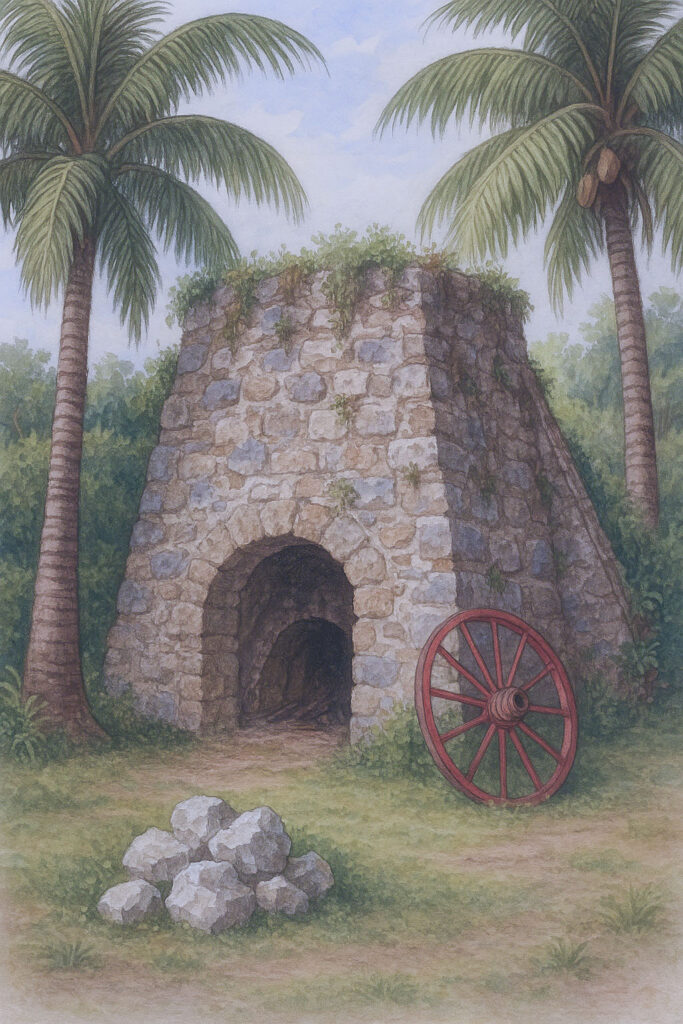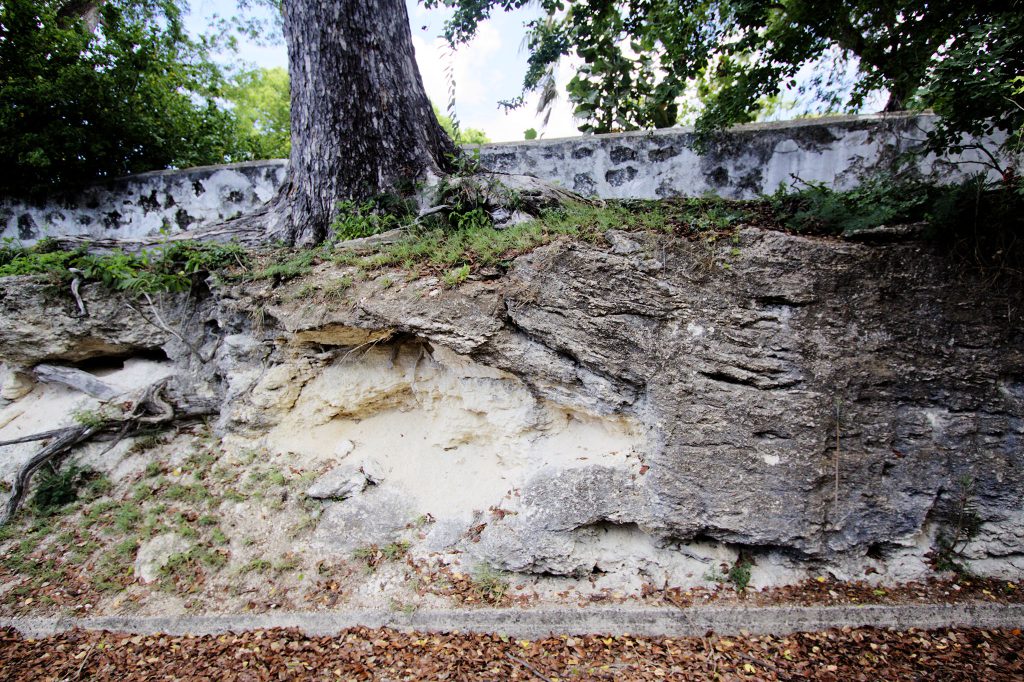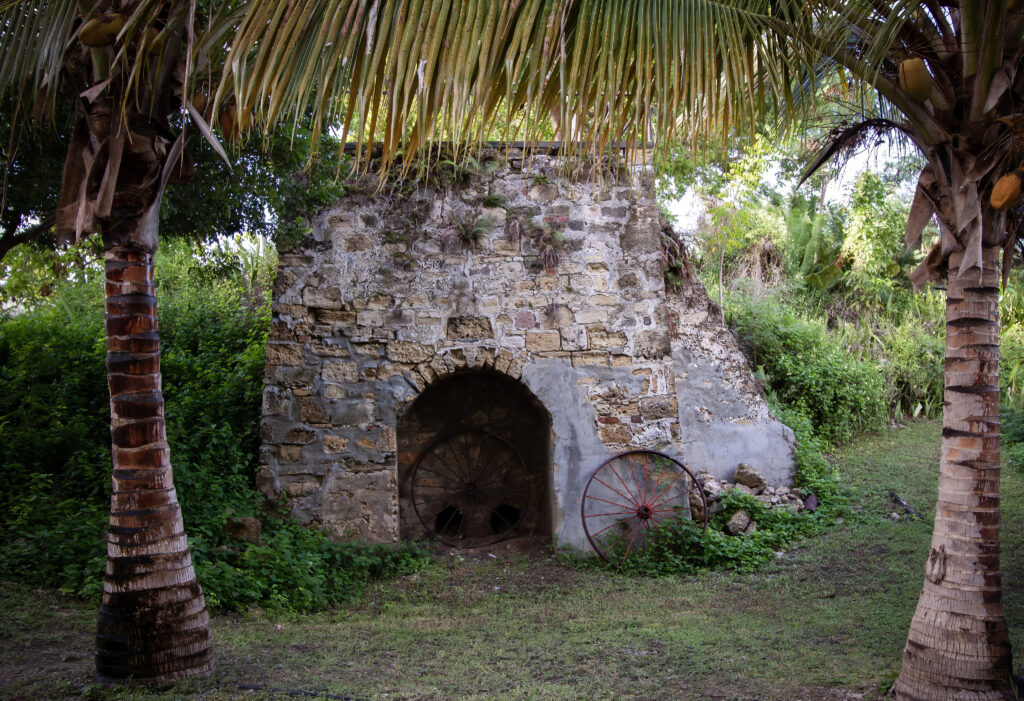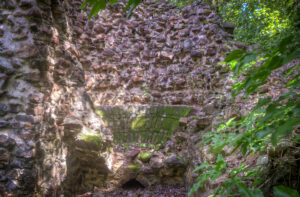Lime in the Sugar Industry
An Overview

Quicklime, also known as calcium oxide (CaO), is one of the oldest industrial materials known to humanity. Its history spans thousands of years and is deeply intertwined with the development of civilizations, reflecting its importance in construction, agriculture, and industry.
Early Discovery and Use
Quicklime has been in use since prehistoric times, likely discovered accidentally when limestone was exposed to fire. This process, which transforms limestone (CaCO3) into quicklime, formed the basis for its widespread application.
By 7000–6000 BCE, evidence suggests that quicklime was already being used in plaster and mortar for construction. Archaeological findings in the Near East reveal lime-based plasters applied to walls and floors in early homes.
Ancient Civilizations
- Egypt: Quicklime was a key component in the construction of pyramids and temples, used in the production of plaster and mortar. Its versatility made it an indispensable material in monumental architecture.
- Rome: The Romans advanced lime production techniques, using quicklime to create Roman concrete (opus caementicium). By combining quicklime with volcanic ash (pozzolana) and rubble, they produced a durable material used in enduring structures such as aqueducts, the Colosseum, and the Pantheon.
Standardization and Industrial Growth
Between the 16th and 18th centuries, lime production became more standardized, fueling its use in agriculture, metallurgy, and construction. The material played a significant role in urban expansion, road construction, and infrastructure development.
Industrial Applications
Quicklime continues to find applications in numerous industrial and chemical sectors due to its reactivity and versatility:
- Construction: Essential in producing cement, mortar, and lime plaster.
- Sugar Industry on St. Croix: Quicklime was notably used to neutralize slightly acidic cane juice during sugar production. To improve safety and ease of handling, quicklime was often hydrated to form slaked lime (calcium hydroxide: Ca(OH)2), which is safer for such purposes.
- Agriculture and Environment: Used to condition soil and treat acidic water.
- Chemical Manufacturing: Quicklime serves as a raw material in producing calcium hydroxide and other chemicals.
Production and Handling
Quicklime is produced by heating limestone or coral in a lime kiln at high temperatures, which decomposes the calcium carbonate into calcium oxide, releasing carbon dioxide in the process. The resulting quicklime is then cooled and processed for various uses.
Due to its highly alkaline and reactive nature, quicklime demands careful handling:
Comparison with Portland Cement: Unlike quicklime, Portland cement is a stable material that is easier to manage and use, making it more commonly employed in modern construction.
Safety Hazards: Direct contact with quicklime can cause chemical burns, and its fine dust particles may irritate the lungs and respiratory system.
Manufacture of quicklime needs the following four items
- Calcium Carbonate
- A Lime Kiln
- Heat
- A Storage Container
Calcium carbonate.
While exploring St. Croix, you will come across abundant coral washed up on beaches or incorporated into the walls of buildings, typically made of limestone. Additionally, in locations like the intersection of East Airport Road and Melvyn Evans Highway, you may observe the excavation of a yellowish stone known as Caliche (“kuh-LEE-chee”).
Caliche is a sedimentary rock commonly found in arid regions, formed by the gradual accumulation of calcium carbonate and other minerals in the soil over an extended period. This versatile material is often utilized in construction and serves as a source of lime.
In St. Croix, the Caliche present is predominantly composed of sea floor coral debris that was deposited, uplifted, and exposed over time. An example is the Kingshill Marl, deposited during the Oligocene to early Miocene period in a shallow fault that traversed northeast across the island.
A lime kiln.
St. Croix is home to numerous existing lime kilns. At St. George’s Botanical Gardens, there is an open-faced kiln example. Estate Clifton Hill boasts an excellent enclosed lime kiln, showcased here. The process involved loading the kiln with alternating layers of fuel and calcium carbonate. Once loading was finished, the kiln was ignited at the bottom, and the fire gradually ascended through the chamber, burning limestone and fuel in sequence. After completion, the quicklime that had descended through the grate was allowed to cool before being raked out through the base. The fine ash and larger waste were then discarded.
Heat.
On the Sugar Manufacturing page, it is explained that bagasse is a byproduct of cane crushing. Bagasse is the fibrous residue left behind after sugarcane stalks are crushed. This residue serves as a biofuel that can be utilized to fuel the fires under the factory boiling pans and as a fuel for heating the lime kiln.
A storage container.
The cooper is a skilled craftsman specializing in the making and repair of wooden casks and barrels, with the trade of coopering tracing back to ancient times. These wooden containers played a crucial role on estates, as depicted in historical paintings, being both liquidtight and utilized for storage and transportation purposes.
An intriguing observation is the hygroscopic nature of Portland cement, evident when left in a damp environment, forming a solid “brick.” Initiating a lime kiln is a labor-intensive and time-consuming process, often resulting in an excess of quicklime. To store this surplus, casks or barrels were used. However, similar to modern waterproof cement bags, quicklime’s strong affinity for water necessitates additional measures to waterproof the container.
Historical practices reveal an innovative solution involving molasses, a sticky and water-repellent byproduct of sugar manufacturing. The interior of the container would be coated with molasses before adding quicklime and sealing the lid with molasses. This technique, possibly discovered by crucian builders inadvertently or intentionally, as indicated by a plaque near St. Georges lime kiln, involved mixing quicklime with a small percentage of molasses (0.5% to 1%). This mixture creates a form of hydraulic cement that sets slower, harder, and is resistant to wet environments, as demonstrated by the Rust-op-Twist water windmill in a related photo.


